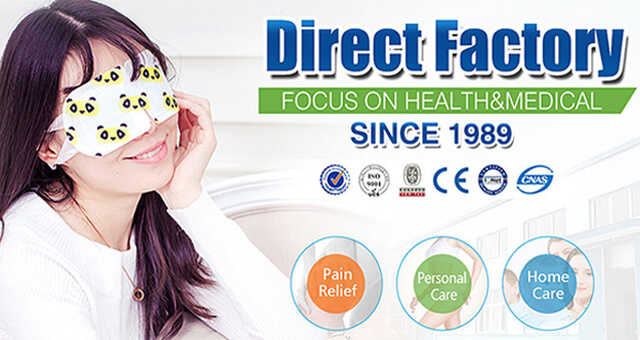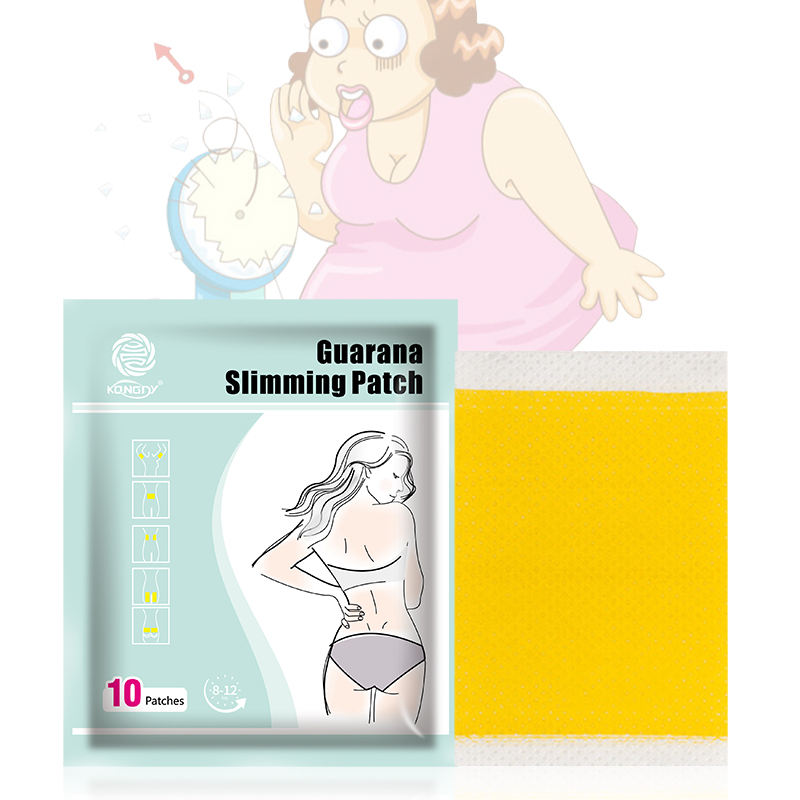Author:Kangdi 29-03-2024
The dieting world is constantly serving up new trends and fads promising an easy fix for stubborn weight gain. One of the buzzier products hitting the market in recent years is the slimming patch – an adhesive patch users apply directly to their skin in hopes of accelerating fat loss. With so many slimming patch varieties out there making bold claims, it's natural to have plenty of questions about how they work and whether they live up to the hype. Let's dive into some of the most common queries about these patches.
01. What ingredients are typically found in slimming patches?
While formulas can vary, many slimming patches contain herbal extracts proposed to aid weight loss via different mechanisms like boosting metabolism, reducing appetite, blocking fat formation, or targeting stubborn fat areas. Some common ingredients include:
Green tea extract rich in antioxidants like EGCG
Guarana seed extract containing natural caffeine
Brown seaweed extract with fucoxanthin
Bitter orange extract as an ephedra alternative
Vitamin cofactors like B6, B12, chromium and zinc
02. How are the slimming ingredients supposed to work through a patch?
The premise is that the ingredients get absorbed through the skin and into the bloodstream to deliver their purported fat-burning or weight loss effects systemically. This transdermal approach is claimed to improve bioavailability compared to oral supplements that get partially broken down during digestion. Manufacturers often point to the nicotine patch as a relevant example of the delivery method.
03. What does the research say about their effectiveness?
Unfortunately, there are very few high-quality, independent clinical studies evaluating commercially-available slimming patches and their impacts on weight loss. Most of the supportive evidence comes from research on the isolated ingredients themselves when taken orally as supplements. For example, green tea extract and caffeine have shown some potential to modestly boost metabolism and fat oxidation. But translating those effects to adhesive patches is challenging due to factors like absorption rates through the skin barrier.
04. Are slimming patches safe? What are potential side effects?
For most people, slimming patches are likely relatively low-risk since absorption through the skin is quite low compared to ingesting the ingredients orally. However, side effects like skin irritation, redness, or allergic reactions are still possible for some individuals due to the adhesive materials or components in the formulas. If used excessively, ingredients like caffeine may also trigger unwanted stimulant effects like jitteriness. As always, consulting a doctor is advisable, especially if you have any medical conditions.
05. Should I use slimming patches as part of my weight loss plan?
While slimming patches are generally regarded as safe enough to try for otherwise healthy adults, their actual impacts on fat loss appear to be modest at best based on current evidence. They certainly aren't a magical solution for shedding weight without lifestyle changes. Some people may experience a slight boost in metabolic rate or motivation from using the patches. But they should be viewed as a potential complement to a balanced diet and regular exercise program – not a substitute. Managing expectations is key.
At the end of the day, the jury is still out on whether slimming patches truly live up to their lofty claims of helping to "melt away fat." More high-quality research is needed to put their effectiveness and safety to the test. But for those willing to experiment and keep an open mind, they could be worth a try as part of an overall commitment to healthy habits.
 0086 19937104978
0086 19937104978





